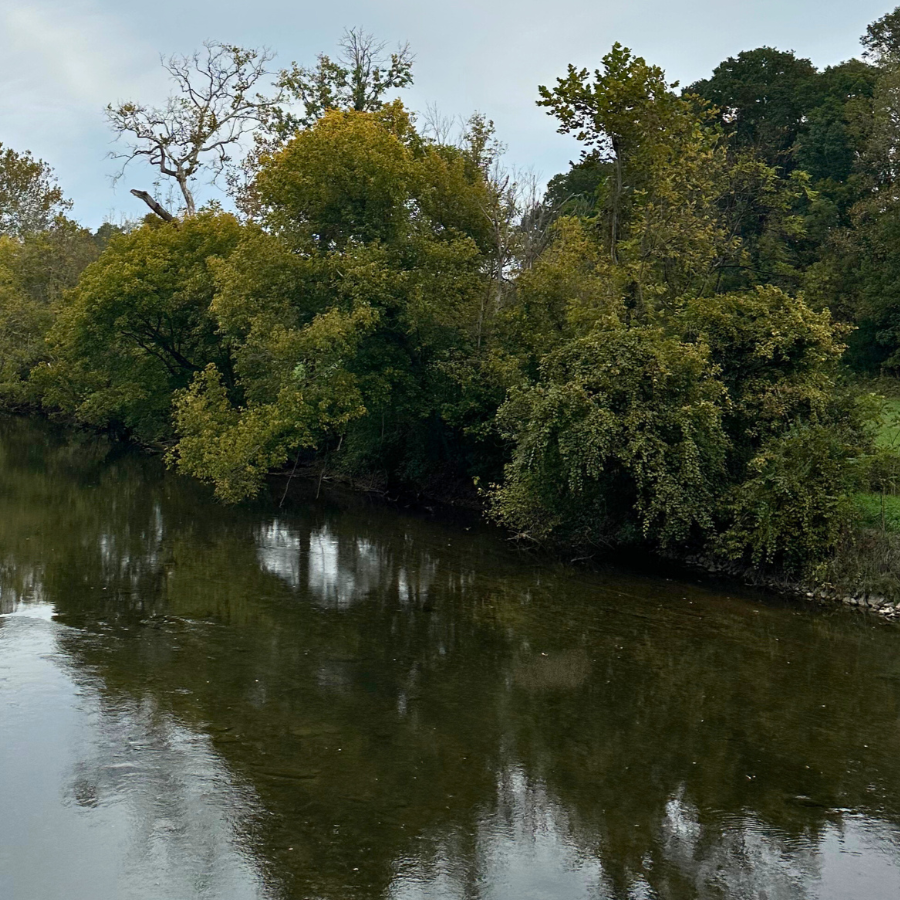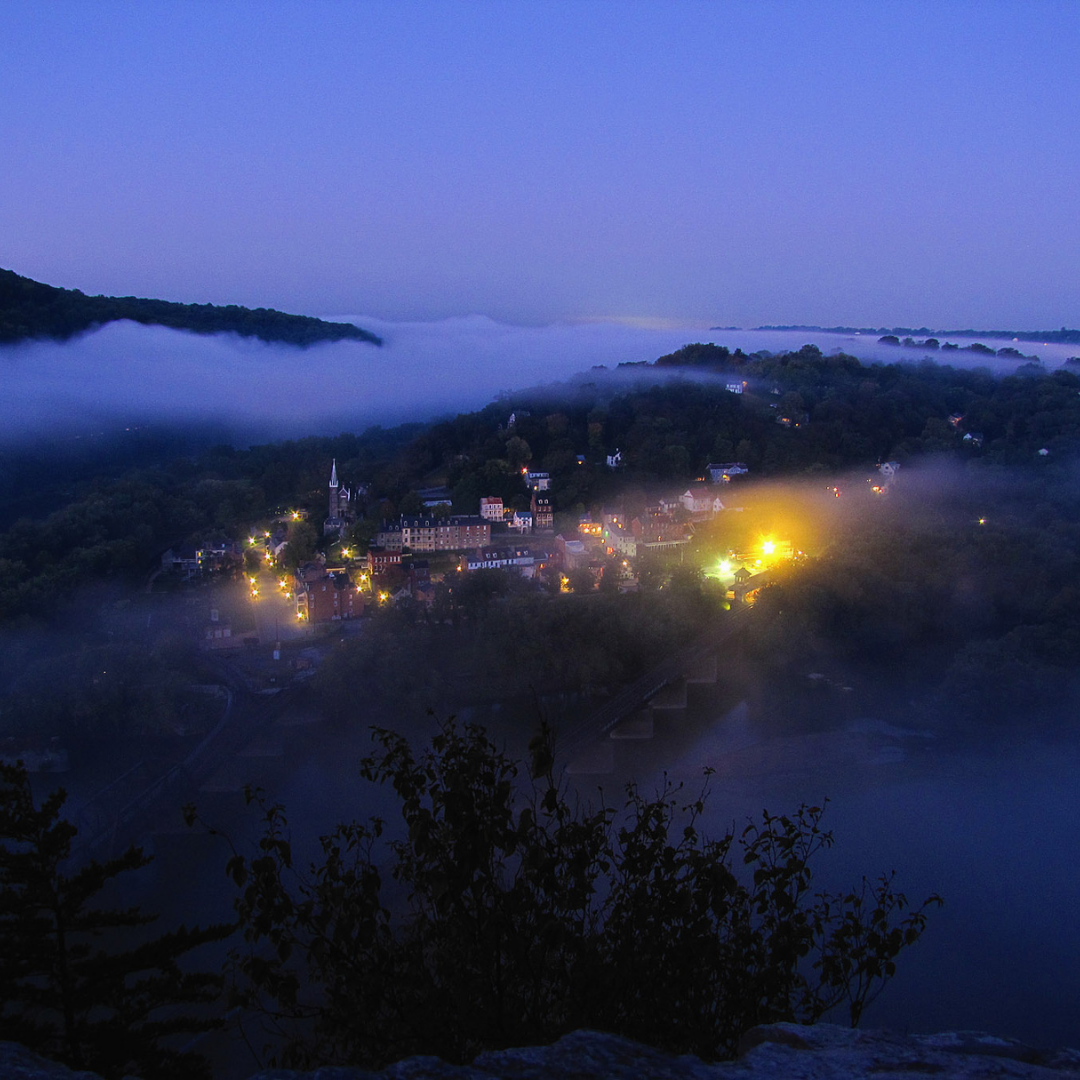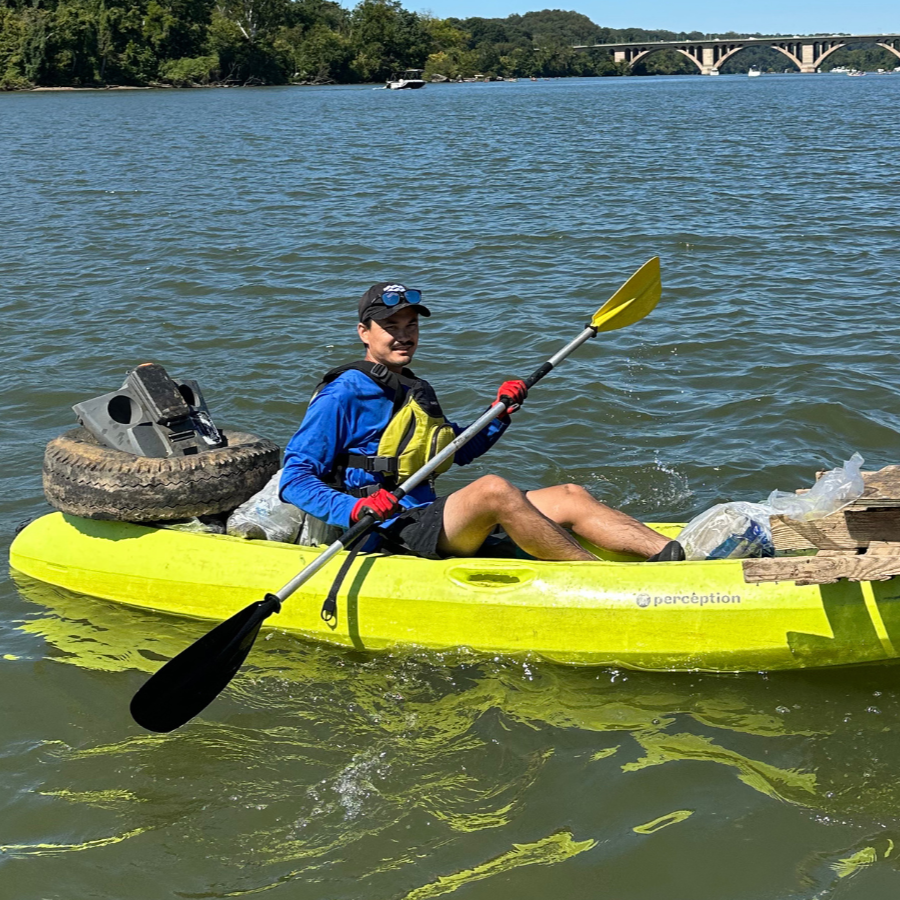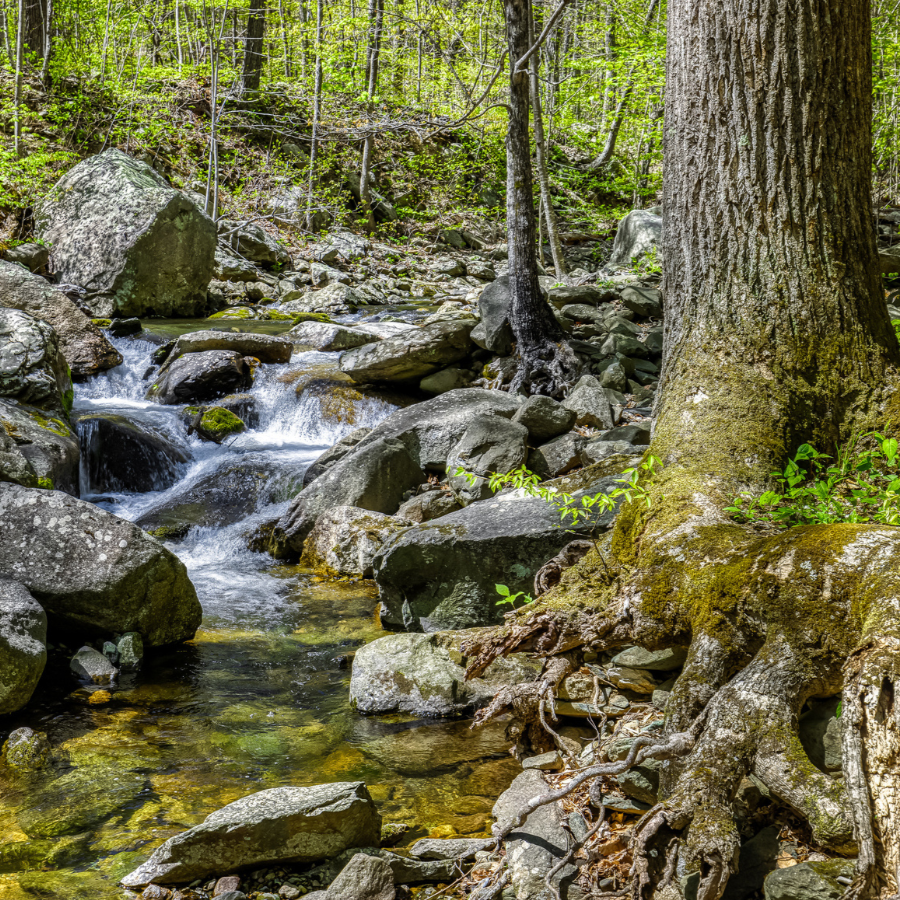The Potomac's upstream forests are powerhouses for clean water, but climate and deforestation puts them at risk
/Discover how the climate crisis is affecting our region’s hardwood forests
Photo by Nicholas Tonelli
This is an excerpt from Part 4 of Potomac Conservancy’s Rising to the Challenge climate report series:
With Earth Day on April 22 and the 150th anniversary of Arbor Day on April 29, there’s no better time to focus on our region’s upstream forests. These lands are vitally important to the health of the Potomac River, but they face threats from urban sprawl and a changing climate.
Our upstream forests are teeming with life
Potomac Conservancy works with small family farms to protect forests in the headwaters regions as part of our Land Protection program. By creating conservation hubs, we strengthen forests so that they can continue to provide us with clean, healthy water!
Photo by Helen haden
Teeming with wildlife and streams, the region’s northern hardwood forests are found in the higher elevations of the Appalachian Plateau and north-facing slopes in Virginia, West Virginia, and western Maryland.
At ground level, ferns and herbs thrive in the shaded environment and at limb height, northern songbirds like the brown creeper, mourning warbler, and yellow-bellied sapsucker flitter between dense deciduous and evergreen branches. The forest provides bats, snakes, salamanders, beavers and other woodland animals with ideal habitat.
The tall, mature trees of our upland forests provide clean air and produce the cleanest waters of our region.
Logging and destructive fires eliminated much of this ecosystem type in the early 1900s, but today’s northern hardwood forests often include sugar maple, American beech, black cherry, and yellow birch among many other companion tree species.
Climate Threats
Northern hardwood forests are critically vulnerable because rising temperatures and lengthening droughts are shrinking the range of suitable woodland habitat. This is unwelcome news for an ecosystem already under severe threat from human activity.
Today’s old-growth forests are scattered. Deforestation and increasing drought conditions have destroyed large areas of upland forests in our region and across North America.
Currently, there are only 414 acres of old-growth northern hardwood forest remaining in Maryland. By comparison, that’s not even a quarter of the size of Rock Creek Park.
photo by william mcfarland
Forest fragmentation – woodland areas that are reduced in size and cut off from other natural areas – disrupts the health of an ecosystem, lowers indigenous species’ adaptive capacity, and makes the ecosystem less resilient to the added impact of climate change.
Confined habitat limits the roaming area that indigenous wildlife need to search for food, mates, and shelter. And increased tree mortality fuels the climate crisis as decomposing trees release stored carbon into the atmosphere.
Conversely, when a large area of forest remains intact and is protected from industrial, agricultural and other sources of pollution, its ecosystem is healthy and in a strong position to withstand the stressors of climate change. In human terms, a healthy patient is much more likely to recover and recover quickly when faced with a health problem than an ill patient whose immune system is already under stress.
Vulnerable Indigenous Species: Eastern hemlock
Eastern hemlock. Photo by nicholas tonelli
Northern hardwood forests in the headwaters of the Potomac River region often contain mixtures of eastern hemlock (Tsuga Canadensis), a tall conifer with soft, coarse-grained wood, short needles, and small pine cones.
Hemlocks help cool the ecosystem and act as a humidifier. Their dense, pine-needled canopy keeps the ground shaded and moist, regulates stream temperature, and provides shelter for birds and small animals seeking respite from sweltering midsummer heat and blistery winter conditions.
Living up to 500 years, the 100-foot-tall eastern hemlock grew in lush pockets throughout Shenandoah National Park. At one time, there were an estimated 800,000 hemlocks in the Park, but only 30,000-40,000 remain.
Stressed from decades of deforestation and the tree-killing hemlock woolly adelgid, the once-abundant eastern hemlock is now considered “near threatened” as the species faces additional threat from warming temperatures and changing weather patterns.
Hemlock and other conifer trees are particularly vulnerable to extreme drought. Water stress can fatally disrupt the tree’s transport of water and carbon, and unlike deciduous trees, they are unable to drop their leaf area in response to environmental stress.
Invasive Hemlock woolly adelgid. Photo by cornell University
If you look around, look at the understory. It’s much drier. You don’t see ferns very much. You see a few. You don’t see as many mosses. In terms of stream water temperatures, you’re seeing increases in stream temperatures wherever we lose hemlocks along waterways.
- ROLF GUBLER Pest Manager, Shenandoah National Park
Source
Help us protect upstream forests and clean water!
Potomac Conservancy permanently protects riverside forests, conserves wildlife corridors,
and preserves clean water flowing into the Potomac River.
Want to learn more about how the climate crisis is impacting the Potomac River, and solutions to protect vulnerable habitats? Read the rest of the Potomac Conservancy’s Climate Report.



















